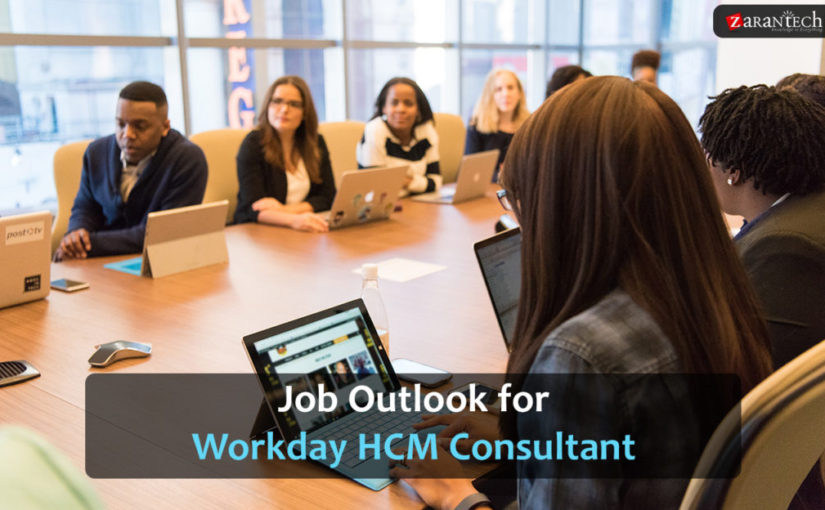Implementing Workday HCM: five things you need to consider after go-live
Category: Workday HCM Posted:Sep 23, 2020 By: Robert
HCM implementation projects are fast and typically leave pending tasks behind. In fact, the project end is just the starting point of the future of your new HCM atmosphere. Now, how to ensure that the development roadmap is clear also after the go-live?
Picture this: your Workday go-live day unexpectedly seems close for comfort as various challenges are threatening to derail your implementation. Completeness and accuracy of the data for your go-live tenant can not be verified, it is unclear that who will keep integrations, and reports that were supposed to be approved by now have not even been developed. In addition to everything, your execution group is burnt out.
This circumstance, unfortunately, comes true for numerous Workday HCM and Finance application consumers. Does this sound familiar to you? Do not worry! I’ll explain the typical cases, and how to handle such scenarios.
What are the regular HCM project post-go-live pending tasks and problem situations?
During the cut-over and go-live days, there are lots of points to focus on and your team is usually rather new to handle the way the Workday HCM implementation cycle works.
Below I have listed five examples of topics which should be resolved after go-live.
1. Business Processes
As we all know, the foundation of Workday is business processes, and the sanity of these business procedures ensures smooth performance of the system. One example of a typical issue situation is when the business process steps and conditions, which you have tested thoroughly during the testing stage, bring unprecedented situations when dealing with various countries, different business systems, or various individuals after go-live.
One more issue might emerge when you try to get rid of or include a few of the step conditions, recognitions, help texts, and so on. There can also be some extra notifications, which are currently bothering managers or the HR team.
It is essential to regularly designate people to simplify your processes and ensure that your system configuration fits the best to your current business requirements.
2. Security
Security is among the most important factors and regardless of how ready you think you are, you will still find disparities. Resolving them will allow you to significantly enhance your Cloud HCM solution.
It is not uncommon that customers who have been live with Workday for a while have too complex security framework, which does not fit their existing business requirements. Which is why security always needs to be thoroughly reviewed.
You can get a professional analysis of your security model. As a result you will suggestions on how the security version could be boosted to function more effectively and also successfully.
3. Integrations
There can be a couple of integrations and customized reports which were not considered in the scope during the preliminary project, but now after the go-live, you might feel the need of it. During cut-over and later in hyper care stage, obtaining high-quality data in place and loading it to the system is truly a vital aspect.
Focus on the requirements and seek for extra hands, if you can not get this all in place on your own.
4. New Launch Updates
During some implementation projects, the solution is built and tested on the current-at-the-time Workday version, but as soon as you go live, you obtain a new version in. In this scenario, the latest Workday functions are often not sufficiently used. This results in the circumstance when you may not be yielding the highest return of financial investments in this technology.
To get a maximum benefit of your new tool you need specialists to assess and use the latest features. The need may come with every new Workday release and that should be taken into consideration whenever you create resourcing plans.
5. End-User Experience
Last but not least, user experience and employee engagement are always the vital factors of an effective project. Identifying training requirements in specific user teams is essential to user adoption. Extra help may come handy to recognize and collaborate training paths within your company.
Do you need help to ensure your Workday develops together with your company requirements?
It is unalterable that successful Workday deployment and post-go-live life is all about teamwork, co-operation between consultants and stakeholders: task manager, stream leads, HR process owners, integration owners/leads, project members, testers and third-party project providers, and integration system vendors.
Conclusion
Did you recognize your case in this article or do you need help with other Cloud HCM related topics? Feel free to comment down below your queries and feedback.
To learn more on how to obtain greater value from your Workday Financial management investment, visit our website.
At ZaranTech, we also offer a wide range of self-paced, online Workday HCM certification program. Browse through our course pages for further information.
Happy learning!
These are the related articles that you can check





 99999999 (Toll Free)
99999999 (Toll Free)  +91 9999999
+91 9999999